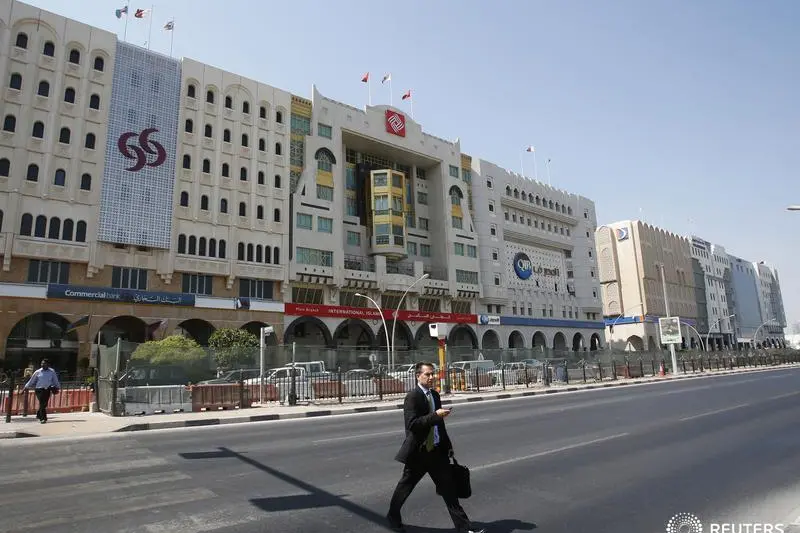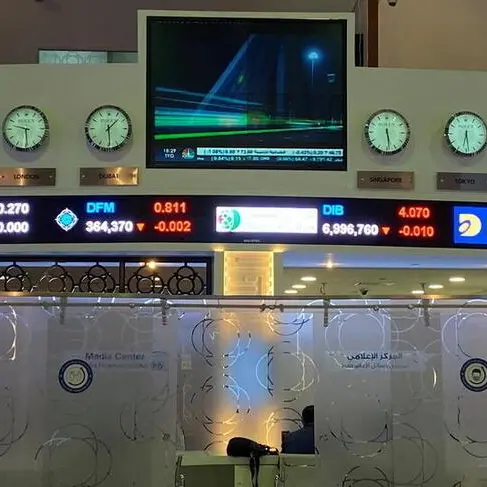PHOTO
10 May 2017
By Satish Kanady
Though real estate developers in Qatar enjoy a relatively hefty margin that allows them to remain profitable despite the drop in real estate prices, the ‘over concentration’ of’ real estate loans can be a source of risk to Qatar banks going forward, said a top market analyst.
Talking to The Peninsula, S&P Global Ratings credit analyst Mohamed Damak (pictured) said yesterday Qatar banks’ total exposure to real estate sector represented around 18 percent of total loans at year-end 2016. This is excluding the credit facilities to the contractors segment.
“We are of the view that this concentration is a source of risk to Qatar banks, especially in case of sharp downturn on the real estate sector.
According to Qatar Central Bank (QCB), real estate prices had dropped by around 8 percent in 2016.”, he said
As a result of the drop in local deposits, Qatari banks went aggressively after global liquidity, primarily in Europe and Asia, in 2016. The banks saw a doubling in overall gross external funding, which doubled to QR441bn at year-end 2016 from QR219bn. at year-end 2014.
A closer look at the balance sheets of Qatari banks shows that a significant portion of the external funding raised in 2016 went to local lending. In 2016, the latter increased by QR83bn, most of which was public-sector lending (67 percent), particularly lending to the government. The next largest share went to real estate lending (11 percent), S&P noted on Monday.
However, Damak listed out a few reasons that are working in favour of Qatar banks. He said the relatively bigger margin in Qatar can work as a cushion for the developers against the oil price slump.
In addition, compared with Dubai, the market in Qatar is still relatively closed to foreign investment. The percentage of freehold projects in Qatar is lower than in Dubai.
According to Damak, most residential mortgage loans to date are in Qatar is being availed by Qatari citizens, and they are secured by salary assignments and end of service benefits. The main risk is unemployment, which is generally unlikely for Qatari nationals.
Again, historically, Qatari government has supported the real estate sector and could step in if necessary.
For instance, the government bought back a portion of real estate exposure from Qatari banks in 2009, and became the strategic shareholder in June 2013 in the real estate company UDC.
The government also stepped in with $7.1bn of financial support for ailing property firm Barwa Real Estate, in June 2013, buying some key assets to help the company reduce its debt.
By Satish Kanady
Though real estate developers in Qatar enjoy a relatively hefty margin that allows them to remain profitable despite the drop in real estate prices, the ‘over concentration’ of’ real estate loans can be a source of risk to Qatar banks going forward, said a top market analyst.
Talking to The Peninsula, S&P Global Ratings credit analyst Mohamed Damak (pictured) said yesterday Qatar banks’ total exposure to real estate sector represented around 18 percent of total loans at year-end 2016. This is excluding the credit facilities to the contractors segment.
“We are of the view that this concentration is a source of risk to Qatar banks, especially in case of sharp downturn on the real estate sector.
According to Qatar Central Bank (QCB), real estate prices had dropped by around 8 percent in 2016.”, he said
As a result of the drop in local deposits, Qatari banks went aggressively after global liquidity, primarily in Europe and Asia, in 2016. The banks saw a doubling in overall gross external funding, which doubled to QR441bn at year-end 2016 from QR219bn. at year-end 2014.
A closer look at the balance sheets of Qatari banks shows that a significant portion of the external funding raised in 2016 went to local lending. In 2016, the latter increased by QR83bn, most of which was public-sector lending (67 percent), particularly lending to the government. The next largest share went to real estate lending (11 percent), S&P noted on Monday.
However, Damak listed out a few reasons that are working in favour of Qatar banks. He said the relatively bigger margin in Qatar can work as a cushion for the developers against the oil price slump.
In addition, compared with Dubai, the market in Qatar is still relatively closed to foreign investment. The percentage of freehold projects in Qatar is lower than in Dubai.
According to Damak, most residential mortgage loans to date are in Qatar is being availed by Qatari citizens, and they are secured by salary assignments and end of service benefits. The main risk is unemployment, which is generally unlikely for Qatari nationals.
Again, historically, Qatari government has supported the real estate sector and could step in if necessary.
For instance, the government bought back a portion of real estate exposure from Qatari banks in 2009, and became the strategic shareholder in June 2013 in the real estate company UDC.
The government also stepped in with $7.1bn of financial support for ailing property firm Barwa Real Estate, in June 2013, buying some key assets to help the company reduce its debt.
© The Peninsula 2017












